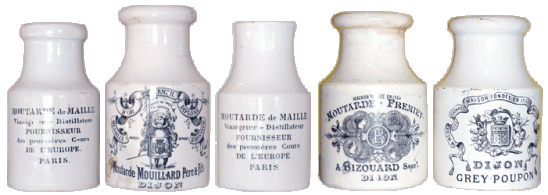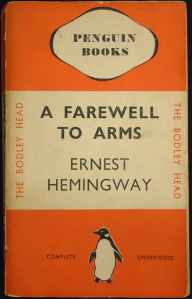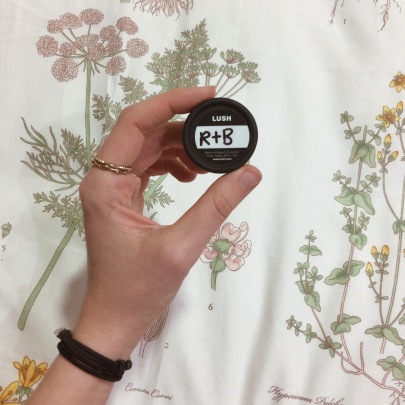This week we talked about semiotics, a discipline defined as the study of signs and symbols and their use or interpretation. Semiotics is an investigation of how meaning is created and communicated within society, and due to its link with culture-specific conventions, it has an important anthropological value.
Our actions and thoughts are governed by a complex set of cultural rules and conventions, and depend on our ability to interpret them instantly. For example, when we see the switch of colour of a traffic light we instinctively know how to react. The reason lies its nature as a sign established by cultural convention that we learn as children; it only requires a deal of unconscious cultural knowledge to understand its meaning.
So, how does semiotics relate to branding?
Even if making the connection is not immediate, it’s easy to see how semiotics is fundamental for a subjects that aims to communicate clearly a brand’s message and values. Different cultures and factors influence people in the way they interpret signs, and for this reason, companies need to consider carefully the use of their symbols, as their meaning is not always universal.
This is particularly relevant in the case of multi-national corporations, which need to take into considerations language barriers and different cultures in their branding strategies.
To explore this topic, during our group activity we took Coca Cola as our case study, and looking through the lens of internationality we tried to identify how does the brand maintains its identity in different countries.

We exhaminted the differences in Coca Cola’s packaging around the world, and noticed how the brand is still recognisable even where the original name isn’t present.
We concluded that Coca Cola maintains a coherent identity by using the same graphic elements and values, as you can see in the use of the characteristic curve and color palette.
Talking about differences in packaging, however, even if we don’t consider the additional lens of the international market Coca Cola has rebranded itself countless times, always managing to maintain a constant image, delivering a sense of evolution rater than radical change.

We identified the reason of this phenomenon in the narrative that Coca Cola creates around the product, rather than its direct function as a beverage. As Kim Cramer and Alexander Koene said, “Although we think that decision-making about brands depends strongly on functional benefits, it all comes down to one question: how will this make me feel?”

The company’s last campaign “Taste the Feeling” delivers the idea that drinking Coca-Cola is a simple pleasure that makes everyday moments more special. Its strategy leans on the same principles the brand has been sanding for over the last decade, and employs an universal storytelling with the product at the heart, reflecting both the functional and emotional aspects of the Coca-Cola experience.
In conclusion, Coca Cola is a great example of the use of semiotics in branding, using it to create a narrative that carries the Coca Cola experience over the physical aspect of consuming the product, involving the consumer emotionally.









